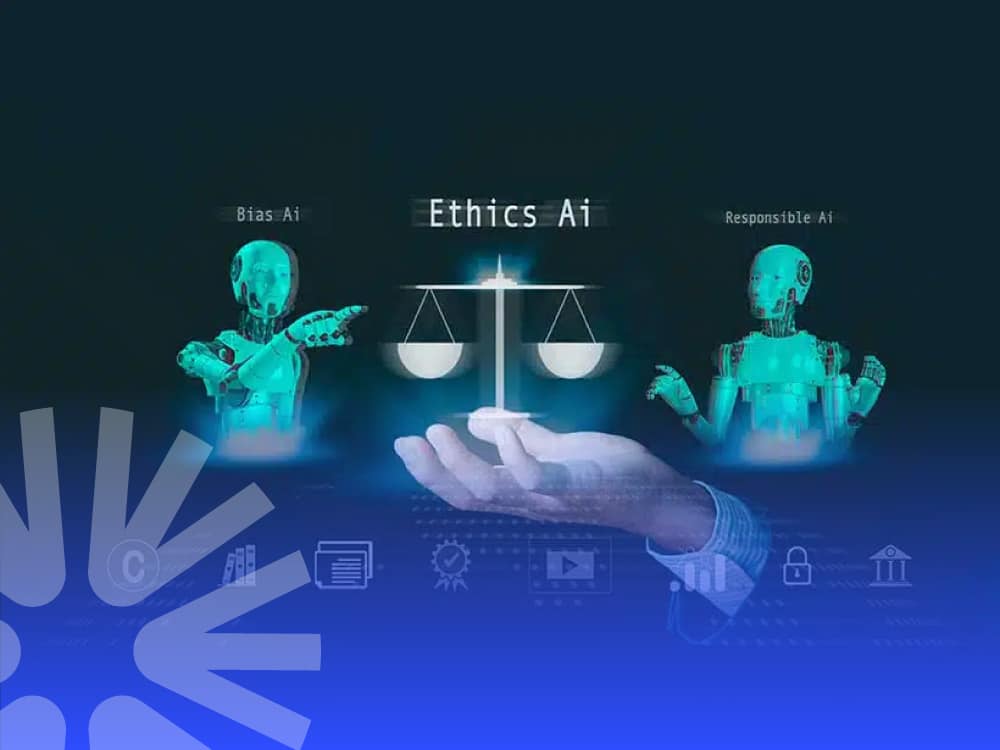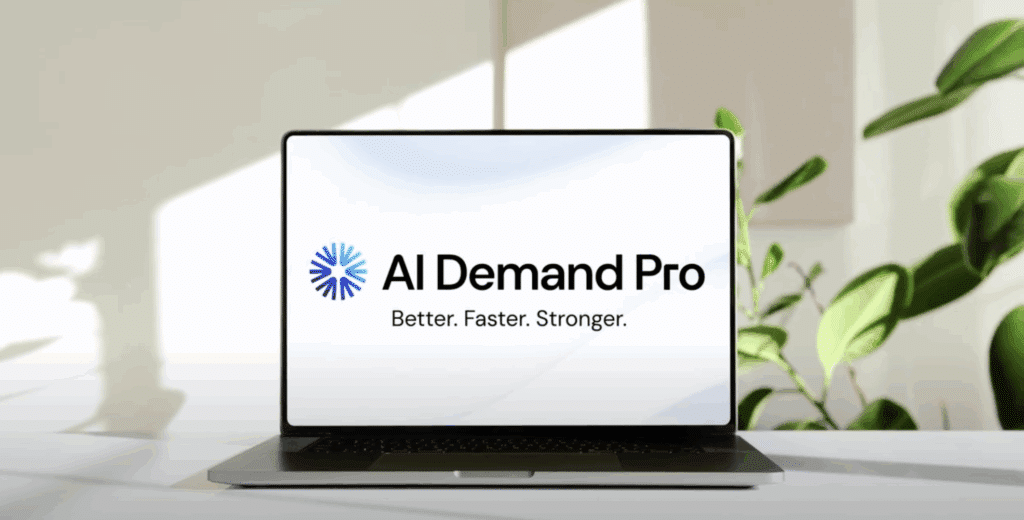Blog >
Avoiding AI Hallucinations in Legal Practice: 5 Tips Every Attorney Should Follow

In this blog
Over the past year, AI has moved from novelty to necessity in many areas of the legal world. A recent study showed that 73 percent of lawyers planned to use AI tools like ChatGPT, Claude, and Gemini to streamline their tasks, including legal research, medical chronology, and settlement demand letter generation.
But with this adoption has come a wave of headlines—and concern.
Judges are often imposing sanctions over fabricated case citations. Legal AI vendors are being pressed to explain how their systems ensure accuracy. And attorneys are realizing that while AI can sound smart, it can also be dangerously wrong.
These errors—known as AI hallucinations—happen when a system confidently presents false, misleading, or entirely made-up information. And in a profession where accuracy is everything, even a single hallucinated case citation, date, or statute can jeopardize a case, a client, or a reputation.
In this article, we’ll break down what AI hallucinations are, what causes them, and how to help attorneys evaluate the AI tools they use in their practice.
What Are Legal AI Hallucinations?
An AI hallucination occurs when a language model generates content that appears plausible but is factually incorrect. Models often don’t understand when they are correct or incorrect because they are designed to predict the next word based on patterns, not accuracy.
How Often Do AI Hallucinations Occur?
Legal tasks like demand letter creation, medical chronologies, or court briefings are inherently complex. When these tasks are handed over to AI without appropriate constraints or verification, hallucinations can multiply—especially across long documents or intricate case details.
A Stanford HAI study found that large legal AI models hallucinate in one out of every six responses, with increasing error rates as task complexity rises.
One of the most well-known incidents of AI hallucination involved a New York lawyer who relied entirely on ChatGPT to draft a legal brief. The tool confidently generated case citations and arguments—many of which turned out to be completely fabricated. The lawyer was ultimately sanctioned by the court.
What Causes Hallucination?
Several factors contribute to hallucinations in legal AI:
- Overly complex instructions: More complexity = higher hallucination risk.
- Lack of memory: Most LLMs struggle to maintain coherence over long documents.
- Absence of truth-checking mechanisms: AI doesn’t verify facts—it just mimics patterns.
- Misuse of general-purpose tools: Asking ChatGPT to draft a multipage legal brief without oversight invites errors.
Legal documents are long, complex, and deeply interdependent. A court briefing might span 10, 20, or even 50 pages, with extensive cross-references, legal reasoning, and cited authority woven throughout. Asking a general-purpose AI to generate this in a single prompt is a recipe for failure.
Most large language models (LLMs) still struggle to maintain coherence across more than two or three pages of output. Even within those few pages, hallucinations can occur. And when users build on those flawed outputs—feeding them back into the AI to continue drafting—the errors compound. What you end up with is not just bad content but bad content squared.
Long-form coherence and factual consistency remain major challenges for AI. That’s why preventing hallucinations requires more than just smarter prompts—it demands a structured approach to how the model processes information, breaks down tasks, and validates outputs.
5 Tips to Prevent Hallucination in Legal Practice
The key to preventing hallucination lies in controlling complexity, segmenting tasks, and building in checks—not just prompting an AI model and hoping for the best.
1. Understand Instructional Complexity Thresholds
Through extensive testing, we’ve found that hallucination rates increase dramatically when instructions become too long or too complex. While there’s no hard limit, a good rule of thumb is this: If your instruction set exceeds 20 lines for fewer than five pages of text, you’re probably pushing the limits.
For example, asking a model to extract treatment dates is usually straightforward. But if you also ask it to identify diagnoses, pain severity, imaging details, ER visits, physician names, and patient history—all in one prompt—the complexity compounds. You’re essentially stacking too many objectives into a single AI task, which increases the likelihood of hallucination.
The smarter approach is to break down that task into smaller, targeted inferences.
2. Know What to Look for in Legal AI Tools
No vendor is going to advertise their hallucination rate—it’s not flattering, and it’s hard to measure precisely. But savvy legal professionals can ask the right questions to gauge a system’s reliability:
- Does the platform rely on an agentic framework (breaking work into smaller, manageable steps)?
- Is there a human QA loop?
- How does the platform verify accuracy across multistep outputs?
- What happens when hallucinations are caught? Are prompt structures and workflows adjusted accordingly?
If a vendor can’t answer these questions clearly, that’s a red flag.
3. Prioritize Systems with Built-In QA and Legal Workflow Logic
As you are evaluating AI systems, you want one that is designed to mirror the process that real demand writers follow. Instead of having a model read 1,000 pages and generate a letter in one go, we at AI Demand Pro do things a little differently by:
- Breaking the medical records down into smaller segments
- Asking the model to extract specific items (diagnoses, chief complaints, pain/suffering language, etc.) in individual inferences
- Reconstructing the demand letter from verified data points
- Passing the results through a QA team of trained writers who catch issues and refine prompts as needed
This modular, human-in-the-loop system ensures that no hallucinated fact goes unchecked. We treat AI not as the writer but as the analyst supporting the writer.
4. Beware of Tools That Don’t Scale Safely
At a recent conference, we saw a competing product that allowed users to upload all their case data and ask the AI to generate a full medical chronology. For short cases—maybe five pages—that might work fine. But scale that to 1,000 or 10,000 pages, and it becomes incredibly difficult for any LLM to maintain coherence or factual integrity.
That’s why we use multistep agentic chains, where each output feeds logically and cleanly into the next. Our internal flowchart of prompt logic may look like spaghetti, but it ensures precision. Each inference is tested, limited in scope, and refined over time.
5. Transparency Isn’t Optional
When using any legal AI tool, transparency is key to building trust and ensuring accuracy. Attorneys should expect their AI systems to show their work—not just deliver polished results.
The most trustworthy legal AI platforms offer features such as the following:
- A structured medical chronology that outlines extracted dates and treatments
- Source links that trace where each fact originated
- Visual summaries that make it easy to audit key details during case review
Without this level of insight, it’s difficult to know whether the AI’s conclusions are grounded in reality or built on errors. Transparent systems empower legal professionals to validate results, catch mistakes early, and maintain client trust.
Why Firms Trust AI Demand Pro
Not all AI tools are created equal, especially when it comes to high-stakes PI legal work. AI Demand Pro was built from the ground up with these principles in mind—modular workflows, human-in-the-loop QA, input complexity management, and full transparency—to minimize hallucinations and maximize trust.
If you’re looking for a legal AI solution that doesn’t just promise results but proves them, we’d love to show you how our platform works. Schedule a demo today to see how AI Demand Pro can help your firm work more efficiently, accurately, and confidently.
Check Out Other Blogs
How to Draft a Demand Letter with AI: A Step-by-Step Guide for Personal Injury Law Firms
Done right, an AI demand letter is persuasive, evidence-backed, and positioned to maximize settlement value.
Can AI Help You Win Bigger Settlements? Here’s What the Data Says
For decades, firms relied on manual case review and staff-heavy workflows. But with mounting caseloads, staffing shortages, and increasing pressure for faster resolution, many are turning to AI for help.
From Inbox to Settlement: Streamlining Your Case Workflow with AI
When tragedy strikes, clients and attorneys alike want swift results. Fortunately, AI is drastically changing how this work is done, offering powerful tools that streamline every step of the personal injury workflow.
Partner with AI Demand Pro for Better, Faster Demands
Are you struggling with long drafting processes, settlement demand bottlenecks, demand quality and accuracy issues, and/or staff turnover? AI Demand Pro can help with all of these issues. Schedule a demo with a member of our team and watch a live demo of how quickly you can create better, faster, stronger personal injury settlement demands in minutes.



